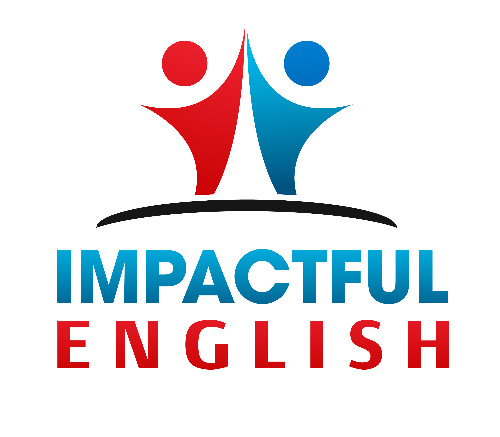Expressions to Sound More Native-Like during English Business Meetings
The goal of this lesson is to provide you with expressions frequently used by native speakers in English business meetings and then give you a self-study formula to memorize these expressions so that you eventually use them naturally and confidently.
3 Advantages for Learning Native Speaker Expressions for English Business Meetings
First, you will be able to articulate yourself more effectively in meetings. By learning the whole expression (called the lexical approach), you will immediately eliminate grammatical errors.
Second, you’ll be better prepared to understand native speakers. This is a logical outcome because natives will use similar ones, if not the same expressions.
Third, you will sound more native-like. It’s quite common for English learners, even at advanced levels, to translate literally from their mother tongue into English. This is how NOT to sound native because the structural element of your sentences will be different from the structure of a native.
Due to these 3 advantages, the more expressions you have under your belt, the more confident you will feel going into English meetings.
30 Native-Like Expressions for English Business Meetings
Below are 30 native-like expressions placed into the three main stages of English business meetings: at the beginning, during, and at the end.
At the beginning of the Meeting
Let’s get the ball rolling, shall we? (Starting the meeting – informal)
We’ve got a lot to get through, so let’s begin. (Starting the meeting)
By the end of this meeting, I’d like to have reached a decision about… (Meeting objectives)
In our last meeting, we agreed on the following issues… but we still need to reach a conclusion on… (Reviewing previous meetings)
During the Meeting
John’s now going to go into this point in more detail for you. (Handing over to another participant)
If there are no more questions I’d like to move on to the next item. (Transitioning)
I would like to draw your attention to this graph… (Referring to a visual)
Adam, can you bring us up to speed on…? (Updates)
I am delighted to tell you that our proposal has been accepted. (Updates)
If I could just jump in for a moment… (Interrupting)
If I could just finish what I was saying. (Reacting to interruptions)
What are your thoughts on this? (Asking for opinions)
You’ve got a point there. (Responding to opinions)
I have no doubt… (Expressing opinions)
As I see it… (Expressing opinions)
I totally agree with you. (Agreeing)
I agree to a certain extent (Agreeing)
I agree with you to a point but I disagree about… (Disagreeing)
I think it might be better to… (Disagreeing)
If you have any suggestions, do feel free to put them on the table. (Asking for suggestions)
The best course of action would probably be… (Making suggestions)
I’m very much in favour of… because … (Arguing your point)
I see what you mean, I had not thought of it like that. (Conceding an argument)
At the End of the Meeting
So if we are both in agreement, I will draw up a written proposal. (Reaching agreement)
Are we in agreement then? (Reaching agreement)
To recap on what has been said so far,… (Summarizing)
So going forward we need to… (Summarizing)
Have we covered everything? (Checking that all topics have been covered)
I’ll be in contact with you shortly to arrange our next meeting. (Talking about future contact)
Let’s wrap it up there and continue tomorrow. (Closing)
Take Action
Here’s a 4 step formula for learning expressions:
Step 1
Write down the expression you want to learn.
Step 2
Practice saying it aloud a few times until you feel confident saying it.
Step 3
Expand the expression by using a variety of contexts related to your area of work. Repeat these until you say them naturally.
Step 4
Use the expression when you have an opportunity in your next work meeting, which is the whole point of learning these expressions in the first place. This is a very important step because as soon as you start using expressions in real-life situations it proves that your English is improving and, therefore, builds confidence.
I encourage you to set yourself the goal of learning one expression a day for the next 2 weeks.





